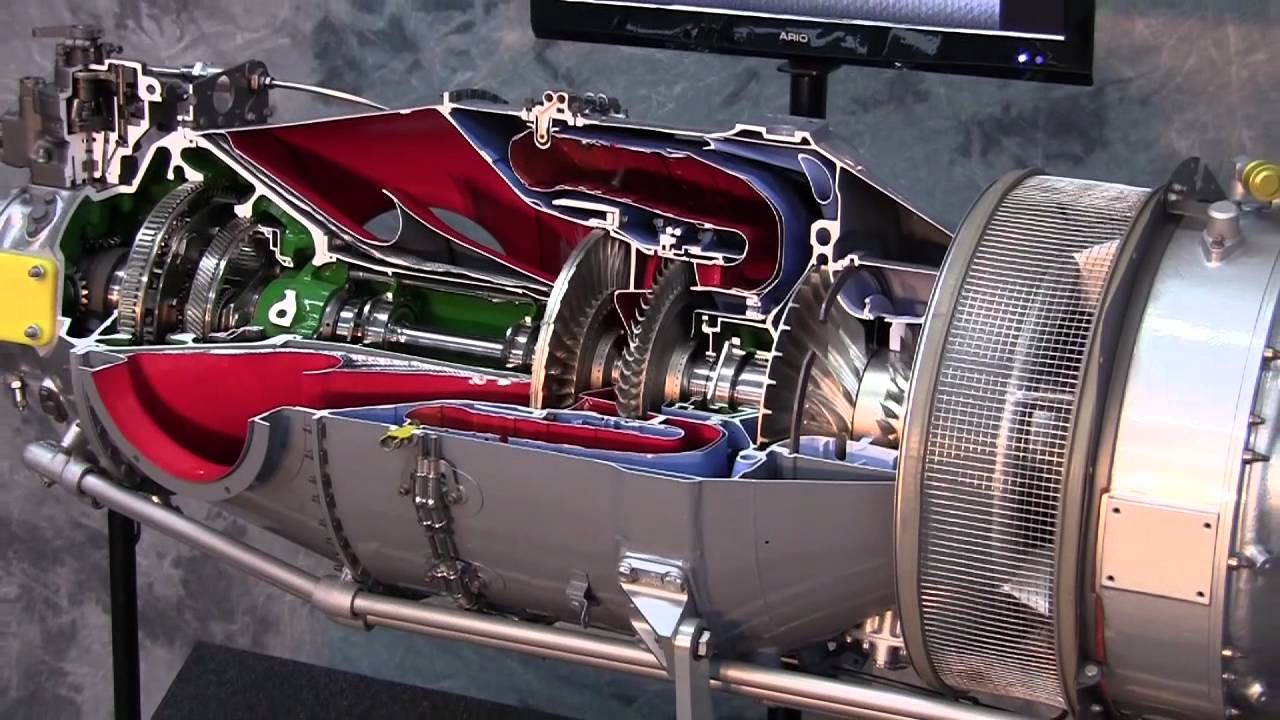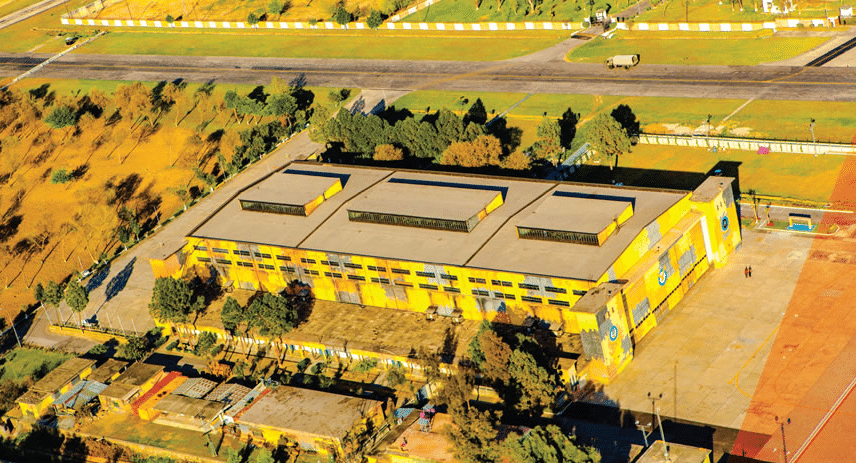2965Views 8Comments

With no FMF support, Pakistan opts out of F-16 deal
With the U.S. Congress refusing to provide Pakistan Foreign Military Financing (FMF) support to help fund its desired purchase of eight new-built F-16C/D Block-52+, Pakistan was unwilling to pursue the proposed sale. As a result, the proposed sale of eight F-16s for $700 million U.S. has expired.
Comment and Analysis
We have discussed the F-16 contract as well as the Pakistan Air Force (PAF)’s objectives, challenges, and alternatives in regards to the issue (see here). There is not much to add, but some may be wondering what the PAF would acquire in lieu of these F-16C/Ds.
To be frank, it is unlikely that a new platform – such as the J-10 or Su-35 – would be on the horizon. The PAF seems to structuring its short and medium-term modernization roadmap around the JF-17. This has been contentious, but to reiterate an earlier point, the JF-17 is the PAF’s means to introduce current and emerging technologies, such as an active electronically-scanned array (AESA) radar.
In effect, the JF-17 is the PAF’s assured qualitative driver. It is the platform the PAF actually has in the pipeline, and while affordably acquiring the necessary subsystems could be an issue, they are far more manageable than the complexities involved with trying to procure an entirely new fighter platform. With funding on the scarce side, the PAF will want to channel its means into a sure bet.
Besides the JF-17, it seems the PAF is serious about throwing momentum behind its next generation fighter requirement. Granted, the fighter will not come to fruition until the mid-2020s or early 2030s, its development will require considerable resources. Moreover, the PAF intends to have a substantial portion of the next generation fighter produced domestically.
Between expensive foreign imports in limited numbers and much needed investment in strengthen the country’s indigenous defence industry, the PAF (and armed forces generally) will be better off with the latter. Of course, this choice is not ideal, but it is reality.
There is a loose variable – used F-16s. Unlike new-built aircraft, these could be acquired much more affordably, and the PAF is reportedly in the process of acquiring 14 from Jordan. If put through an upgrade comprised of modern subsystems such as AESA radars, these would be a valuable acquisition, especially in the interim until the next generation fighter is inducted.



8 Comments
by Hashim Rasheed
It is encouraging to know that PAF has started to look at the requirement for a new next generation fighter. Although, the JF-17 is destined to be the form the backbone of the PAF and serve as its mainstay for the foreseeable future, it still remains a 3rd generation aircraft at best. PAF should be looking at the most modern aircrafts in the market today (SU-35, Rafale, latest Chinese aircrafts) to meet future needs. China will expectedly be the go-to option, but PAF should and must acquire latest western platforms and systems to gain a qualitative advantage. There has been interest in the past in a number of aircrafts (Mirage 2000-5, JAS-39 Gripen, SU-27, Mig-29) but nothing has come of fruition. Pakistan should again pursue those paths. However, financing will always remain a decisive factor
by srmklive
A really good step. Regardless of whether these jets would have been bought, they were always going to be handicapped technologically anyway.
Since Block-III R&D is really into full swing and with 2020 deadline of retirement of old mirages, F-7 in mind too. I personally believe PAF shall invest these 300-700 million USD into R&D for JF-17 Block-III. If not, then they should for SU-35.
by Shershahsuri
It was not so unexpected. F-16 acquisition has always been tricky for Pakistan. Present scenario is reminiscent of F-16 deal in 1990s when US held up Pakistan’s F-16 for which Pakistan had paid 658 million dollars. Even spares were not available for Pakistan. Pakistan has to be ready to cope with the same situation. JF-17 can cover the gap. However JF-17 Block-3 should come out as complete 4th generation aircraft.
by WARRIOR
With same amount one can buy 8 su35 with much superior avionics
There is no need to get 8 jets if the project is not heavily subsidized
And to me 8 su 35 r better than 8 f16
I hope paf signs a deal with China for j31 like thay did with jf 17
J31 can serve Pakistan up to 2060 if upgraded according to needs
by Abdul Rashid
Rafale for Pakistan looks an unlikely prospect with India close to inking the deal to buy the same aircraft. Gripen with it’s GE engine can be blocked for sale to Pakistan by US or Pakistan can face difficulties down the road. So that too is an unlikely option. This leaves the Chinese and Russian aircraft as the only realistic contenders for PAF. Of these the joint Chinese/PAC projects, JFT III (which incidentally is slated to be anything but 3rd gen.) and the possible next-gen fighter are perhaps the most-cost effective and safest bets (with regard to continued future parts and support availability), as well as promising to boost Pakistan’s drive for longer term indigenization.
by Blue Marlin
what about the typhoon? thats better than the rafale and the f16, yes yes i know its expensive
by Abdul Rashid
Hi Blue Marlin.
First, I myself am no expert on military tech so my personal opinion is always from a layman’s perspective. I mentioned the French, Russian and Chinese options as those were referred to by Hashim Rasheed in his comment. The Typhoon, again apart from initial expense of the aircraft it will also introduce a new type to Pakistan of which it has no maintenance infrastructure or experience so the cost will be far more than just the purchase of the aircraft. Also, bear in mind if the F-16 deal is too much for Pakistan without FMF support I cannot see them forking out a LOT more for an alternative.
Other points to consider are, if Pakistan in future again finds itself in the bad books with the West then it will have the same issues with sanctions and supply of parts, support etc. regardless of F-16, Typhoon, Rafale or any other Western platform. Also, non of these Western or Russian aircraft, apart from being prohibitively expensive do anything for Pakistan’s aspirations for indigenization and independence in the longer term.
In the end, as spelled out in this article, it seems Pakistan’s best course of action is to continue with joint projects with China and build on and expand its expertise across the board of aircraft design and development.
I hope someone will give you a more qualified response before this thread closes in another 36ish hours, but knowing Quwa site for a while now and the quiet nature of its readers, don’t hold your breath!
by Murtaza_uk
I am fairly new to this forum but I have followed Pakistans relationship with the Americans. History lesson Pakistan has always been a loyal friend of the Americans opening the avenues for approach meet with the communist China (Kissinger attributed a few sentences in his autobiography). But the Americans have not been our friends and this decision shows it.
The Americans want cash and the Indians can afford it thru their strong economy and that’s where Pakistans problems are. As soon as we get rid of the tax dodgers mushy/sharifs / zardari and build a strong economy we will have these issues.
In every article of yours you mention that Pakistans problem is the hard cash to pay for the goods. Let’s all talk about the problem and if need be have a fresh start.